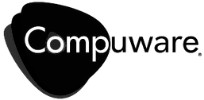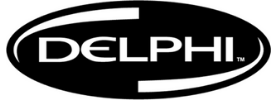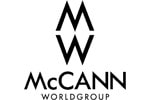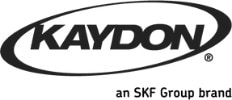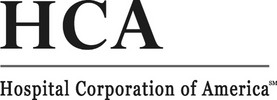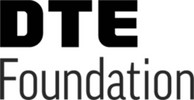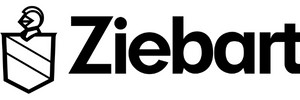
Cost of Marketing Inaction to Your Business
Your marketing pain is real and often invisible. Every business experiences it. Sometimes it’s loud and obvious, like a sudden drop in revenue or a campaign that fell flat. But more often, it’s quiet—the steady weight of stagnation, missed opportunities, lack of leads, or that creeping feeling that something isn’t working. Over time, this silence adds up, becoming part of the hidden cost of marketing inaction.
It doesn’t scream, but it bleeds. And this bleeding comes with a price—the cost of marketing inaction.
Many business leaders underestimate this cost because it isn’t always tied to a single event. Instead, it shows up slowly: in unrealized growth, in campaigns that never get launched, and in competitors gaining ground. Inaction can feel deceptively safe, especially when facing uncertainty or pressure to preserve cash flow. But in reality, it’s one of the most expensive decisions you can make over time.
If you’re holding back on marketing efforts because of budget constraints, past disappointments, or just not knowing what direction to take, you’re not alone. Many businesses reach this point. The challenge is that while you wait, your competition doesn’t. The cost of marketing inaction isn’t just missed revenue—it’s lost momentum, visibility, and long-term growth.
The Hidden Cost of Marketing Inaction
Choosing not to act may feel like the safer route, especially during uncertain times. But inaction has real consequences. The cost of marketing inaction can quietly accumulate in ways that often go unnoticed—until it’s too late.
- Leads and opportunities quietly slipping through the cracks
- Declining search visibility from outdated SEO practices
- Low engagement from content that no longer resonates
- Inefficient media spending that doesn’t return results
- Team frustration from spinning wheels with little to show
You might already recognize these signs—a campaign that underperforms, KPIs that flatline, or the uneasy feeling that things could (and should) be better. These are all symptoms of a business experiencing the cost of marketing inaction.
And yet, many business owners wait, hoping that staying still will save money or reduce risk. Ironically, that wait often increases risk—and amplifies the cost.
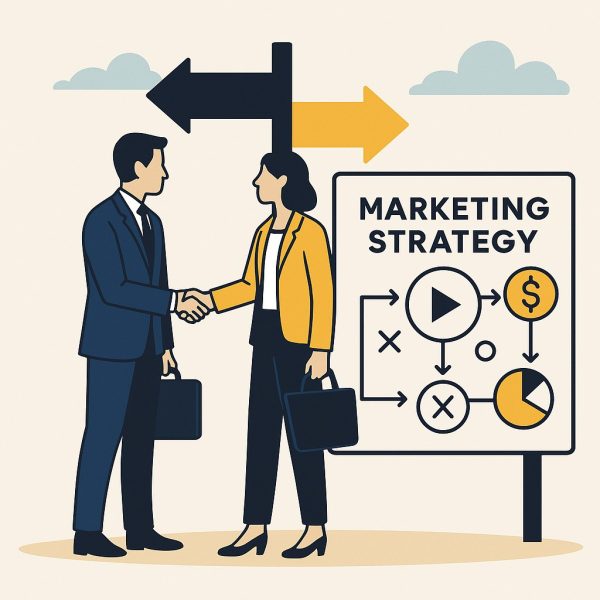
Budget Constraints Aren’t the Problem. Inaction Is.
Let’s be clear: marketing doesn’t have to mean spending big. The real issue isn’t budget size—it’s whether your current approach is working. Sometimes, tighter budgets actually create space for smarter decision-making.
When you take action, even modest marketing investments can be high impact. But when you hesitate? That’s when the cost of marketing inaction starts to grow.
Here are questions to ask internally:
- Are we prioritizing high-return efforts over “default” activities?
- Do we have clarity on what’s working versus what’s just routine?
- Are we using data and insights to guide decisions or relying on assumptions?
- Have we challenged ourselves to try something different in the last 6 months?
Reframing your marketing through this lens can reduce waste—and lower the cost of doing nothing.
Understanding Why Marketing Inaction Persists
If the cost of marketing inaction is so high, why do so many businesses fall into the trap? Often, it comes down to fear. Fear of change. Fear of choosing the wrong partner. Fear of shaking up what feels “familiar.” These feelings are valid—especially for leaders juggling tight margins, legacy tools, or internal resistance to trying something new.
Another reason is decision fatigue. When you’re managing multiple priorities, marketing can feel like one more project that requires too much mental energy. So it gets pushed. Deferred. Deprioritized. Meanwhile, your competitors who keep testing and iterating move ahead.
Internal silos and lack of alignment also contribute. When sales, marketing, and leadership teams are disconnected, action slows or stops altogether. Strategy becomes a collection of tactics rather than a cohesive plan.
Finally, many businesses operate with outdated benchmarks. If your marketing still compares success to five-year-old metrics or relies on methods that haven’t been reevaluated, it’s easy to assume “things are fine.” But fine isn’t growth. Fine is expensive.
When fear or fatigue guides decision-making, businesses settle. They postpone. They hope. But hope isn’t a marketing strategy. The cost of marketing inaction continues to rise with every quarter that passes without measurable progress.
You Deserve Better Than “Just Okay” Marketing
“Just okay” isn’t harmless. It’s costly. If your marketing approach is checking boxes but not delivering clarity, growth, or performance, that’s a red flag. Whether internal or agency-led, strategy should feel proactive, not reactive.
Start by identifying what outcomes you expect from marketing. Then ask: are we getting them? If the answer is no, consider how much longer you can afford to absorb the cost of marketing inaction.
Look for these opportunities to evolve:
- Better clarity and direction
- More consistent and qualified leads
- Improved ROI from campaigns and ad spend
- Less noise, more traction across key channels
None of these require perfection—just progress. But progress only comes from action.
What Progress Looks Like in the First 30 Days
The good news is: change doesn’t have to take forever. When businesses take even small, strategic actions, momentum builds fast. Within the first 30 days, companies often see:
- Clear visibility into performance gaps and opportunities
- Quick wins by eliminating low-performing tactics
- Renewed team confidence and alignment around goals
- Initial improvements in reach, traffic, or engagement
And most importantly, they stop silently paying the cost of marketing inaction—because they’ve started doing something about it.
Final Thought: You Don’t Have to Navigate This Alone
If your business is stuck in a cycle of hesitation or low performance, the worst thing you can do is wait. The cost of marketing inaction only compounds over time. But the shift doesn’t have to be radical—just deliberate.
Whether you bring in a new partner, review your strategy, or simply shift one area of focus, the first step is awareness. You don’t need a perfect plan. You need a plan that starts.
Ready to lower your marketing costs by finally addressing the root issue? Start by recognizing the cost of inaction—and decide that standing still is no longer an option.
SmartFinds Marketing: Strategy. Experience. Innovation.
Unlock Growth with Marketing Expertise Tailored to Your Unique Industry Needs
Let’s connect and uncover what’s holding your marketing back—and what can push it forward. We’ll help you spot opportunities and shape a smarter strategy. Schedule a discovery call or fill out the form below.
Contact Us
Author: Melih Oztalay




